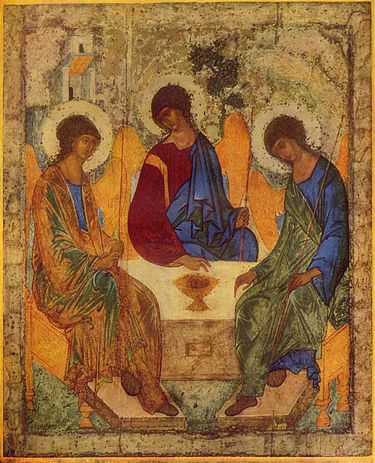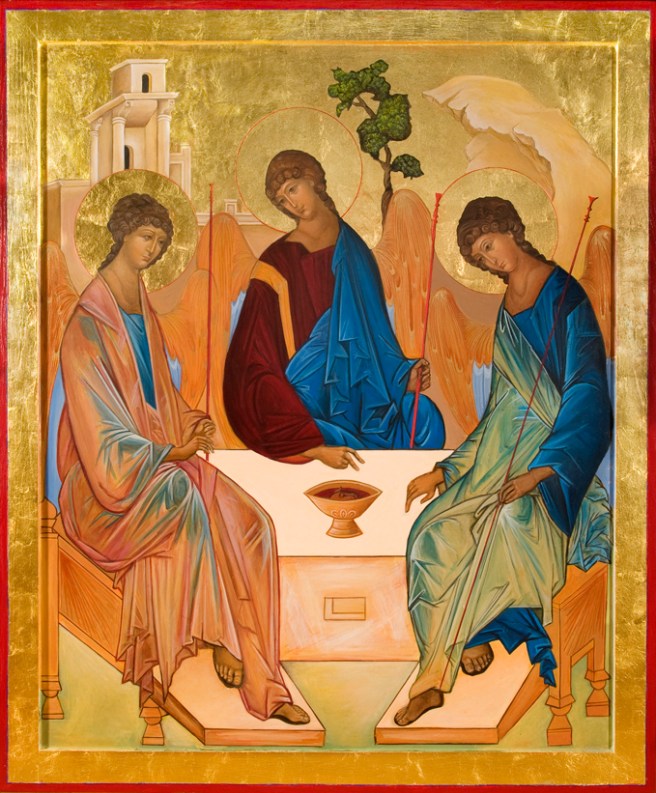We remember today, July 9th, the 120 martyrs who died in China between the years 1648 and 1930. Eighty-seven of these were native born Chinese and were children, parents, catechists, and simple laborers ranging in age from nine to seventy-two.
In the early 19th century, St. Augustine Zhao Rong was a Chinese soldier who accompanied French missionary Bishop John Gabriel Taurin Dufresse to his martyrdom in Bejiing. He was profoundly touched by the Bishop’s courage in the face of great trials, humiliation, and eventual death. As a result, Zhao Rong sought baptism, was given the baptismal name of Augustine, and soon ordained a diocesan priest. He spoke often of Bishop Dufresse’s sense of hope, love of Christ, and confidence.
In 1815 the Chinese government martyred Father Augustine Zhao Rong.
An icon of Father Zhao Rong was completed by the brilliant Chinese artist Ken Jan Woo. Many of his icons and sacred art can be seen at his website http://www.kenwooart.com/index.html. Classically trained, Ken brings a new contemporary spirit to the sacred images of the Church’s past history. His exquisite rendering of this saint, in a typical icon format, is powerful in its simplicity and harmony.
The witness of these Chinese saints, in association with the Gospel passage of Matthew 9: 18-26, begs a question: What sets St. Zhao Rong, his martyred companions, and the people in the Gospel apart from many in our society?
Jesus provided the people with faith-filled hope even when circumstances dictated that their situation was hopeless. Why is this? It is because Jesus’ love for them, and willingness to share The Truth, was always directed back to His Father. Jesus tells us, “With God, all things are possible to those who believe.”
Jesus’ words were incendiary; for He said to the woman “Take heart, daughter – your faith has made you well.” That phrase “Take heart” ignited the woman’s expectant faith. Her belief allowed her to cooperate with the healing process.
Matthew’s Gospel passage provides witness to the local ruler’s spiritual courage to request Jesus’ help. The girl was already considered dead. Professional mourners had already been hired to demonstrate the family’s public grief. The mourners and others in the crowd scornfully laughed at Jesus. Their grief was as bogus as their lack of faith. Jesus’ was ready to heal, teach, and be open to the needs of that family. It gave them a glimpse into the mind and heart of God; and it provides us with a model to follow, too.
Let our prayer be the prayer of the martyrs: Lord, you love each of us with a unique and personal love. As we face our troubles with confident hope, touch our souls with your saving power, and restore us to the fullness of your eternal life. Amen
Artwork Copyright © Ken Jan Woo. All Rights Reserved.
Copyright © 2011- 2020, Deacon Paul O. Iacono – All Rights Reserved. Permission to reprint must be obtained from the author in email/writing. Students, and those interested, may quote small sections of the article as long as the proper credit and notation is given. Thank you.






You must be logged in to post a comment.